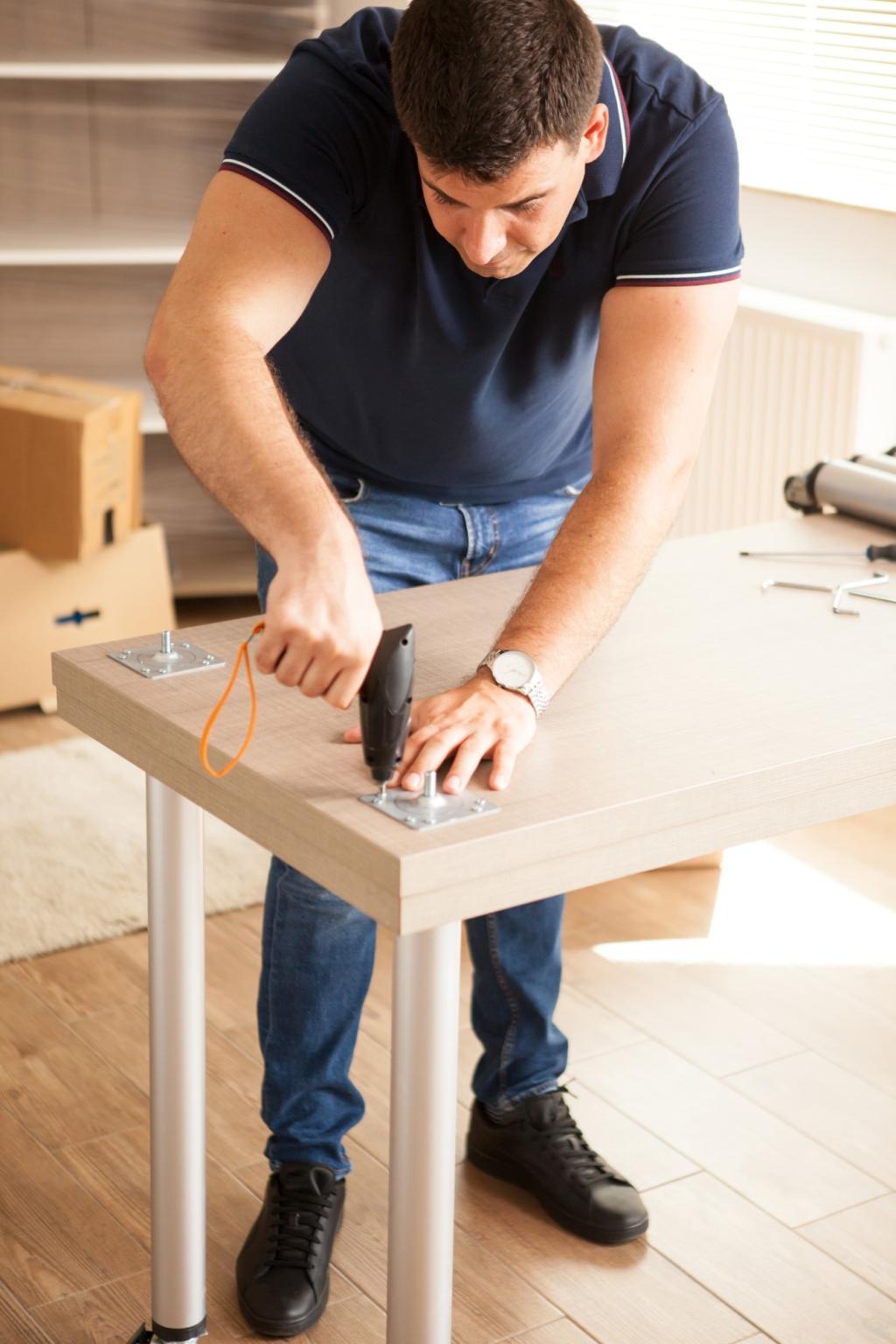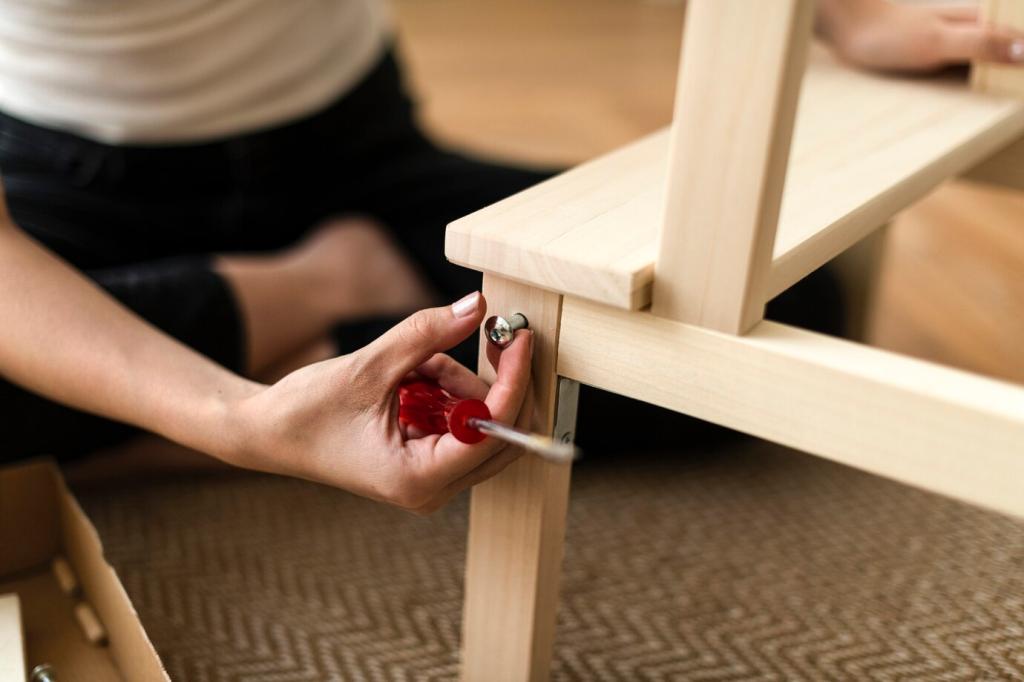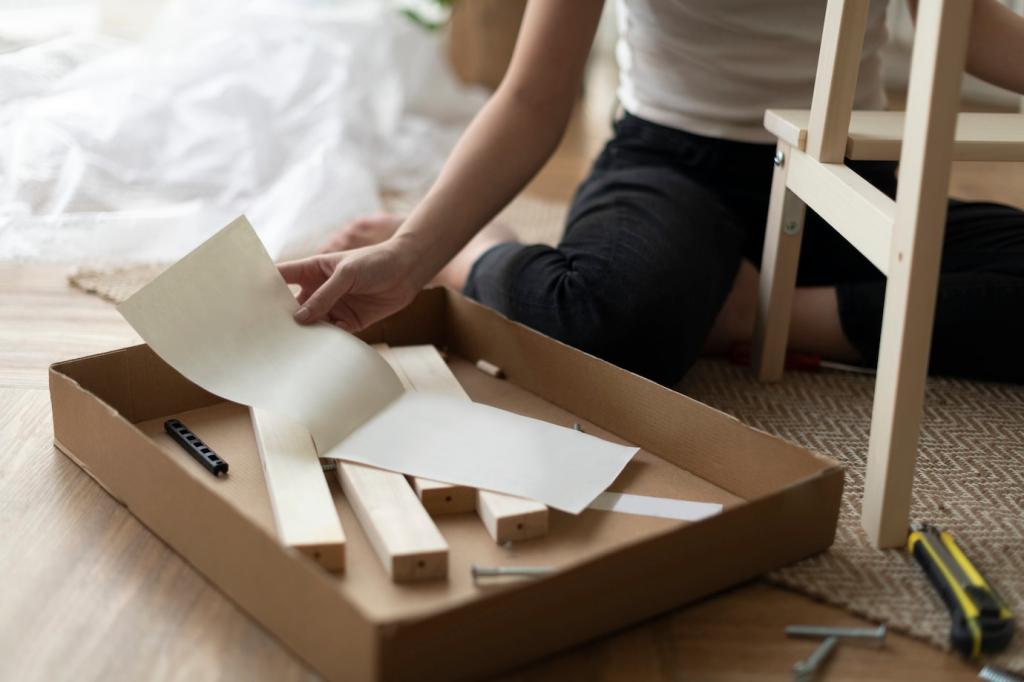
Winterizing Outdoor Furniture: Your Cozy, Confident Cold-Weather Game Plan
Chosen theme: Winterizing Outdoor Furniture. As the air turns crisp and the first frost whispers across the deck, let’s safeguard your pieces so spring feels like a warm reunion rather than a repair bill. Join in the comments, swap tips, and subscribe for fresh seasonal guidance.
Wood, Moisture, and Freeze–Thaw Reality
Wood drinks in autumn humidity, then winter ice expands inside tiny pores. That expansion can push apart fibers and weaken joints. Clean thoroughly, dry completely, then seal appropriately. Tell us your species—teak, acacia, or cedar—so we can suggest a fitting finish.
Metals and Corrosion Control
Steel and iron can rust faster when salts from snowmelt linger, while aluminum needs protection from scratches that invite oxidation. Touch up chips with matching paint, apply a rust-inhibiting primer if needed, and avoid trapping wetness under ill-fitting covers. Share your go-to products.
Wicker, Rattan, and Resin in the Cold
Natural rattan dislikes saturation and hard freezes, while resin wicker can become brittle in extreme cold. Keep strands supported, avoid heavy snow loads, and choose breathable covers with vents. Comment if yours is natural or synthetic, and we’ll recommend specific winter-friendly tactics.

Soap, Rinse, and Dry Like You Mean It
Use a mild soap solution, soft brush, and gentle hose rinse to lift grime without forcing water into joints. Dry thoroughly—ideally forty-eight hours—before covering or storing. That waiting period prevents trapped moisture from becoming mold. Share your favorite biodegradable cleaner below.

Mildew Myths and Safe Solutions
Skip harsh chlorine on fabrics and wood finishes. Oxygen-based cleaners and white vinegar solutions tackle mildew while respecting materials. Always test a discreet spot, rinse well, and dry fully. If you’ve conquered a stubborn patch, drop your step-by-step success in the comments.
Seal, Cover, and Shield: Building a Winter Armor
Choosing Covers That Breathe, Not Suffocate
Select covers with vents and sturdy tie-downs. Breathable fabrics reduce condensation and mold, while cinch hems and straps stop wind from turning covers into sails. Ensure the fit leaves airflow at the base. Tell us your brand experiences to help fellow readers decide.
Sealants, Oils, and Protective Finishes
Teak oil feeds color but is not a true moisture barrier; spar urethane and exterior polys offer stronger protection. For metals, wax or corrosion inhibitors add a helpful layer. Schedule touch-ups before temperatures plummet. Ask about compatibility if your finish history is uncertain.
Smart Elevation and Drip Edges
Keep furniture slightly elevated to prevent snowmelt pooling at feet. Rubber feet, furniture coasters, or slatted risers help. Angle tabletops so water sheds rather than settles. If you’ve rigged clever drip edges or wind screens, share photos and tips to inspire neighbors.
Storage Strategies: Indoors, Outdoors, and In-Between
Garage and Shed Tetris
Stack chairs with soft pads between frames, leave small air gaps, and keep pieces off concrete using pallets or blocks. Avoid plastic tarps directly against surfaces. A little labeling now saves hours in spring. Share your best space-saving arrangement for awkward lounge sets.


Balcony-Friendly Winterizing When Space Is Scarce
Fold or nest smaller pieces, group them tightly, and use breathable covers that secure against gusts. Avoid compressing cushions under frames. If you’ve devised a clever railing anchor or strap system that survived a blizzard, describe it so other apartment dwellers can copy confidently.

This is the heading
Lorem ipsum dolor sit amet, consectetur adipiscing elit. Ut elit tellus, luctus nec ullamcorper mattis, pulvinar dapibus leo.

This is the heading
Lorem ipsum dolor sit amet, consectetur adipiscing elit. Ut elit tellus, luctus nec ullamcorper mattis, pulvinar dapibus leo.
Maintenance Habits That Pay Off in Spring
Brush off snow, re-tighten straps, peek under covers for condensation, and never chip ice directly from surfaces. A quick look prevents slow damage. What’s your reminder system—calendar alerts, notes on the door, or photos? Share to help someone build a simple routine.

